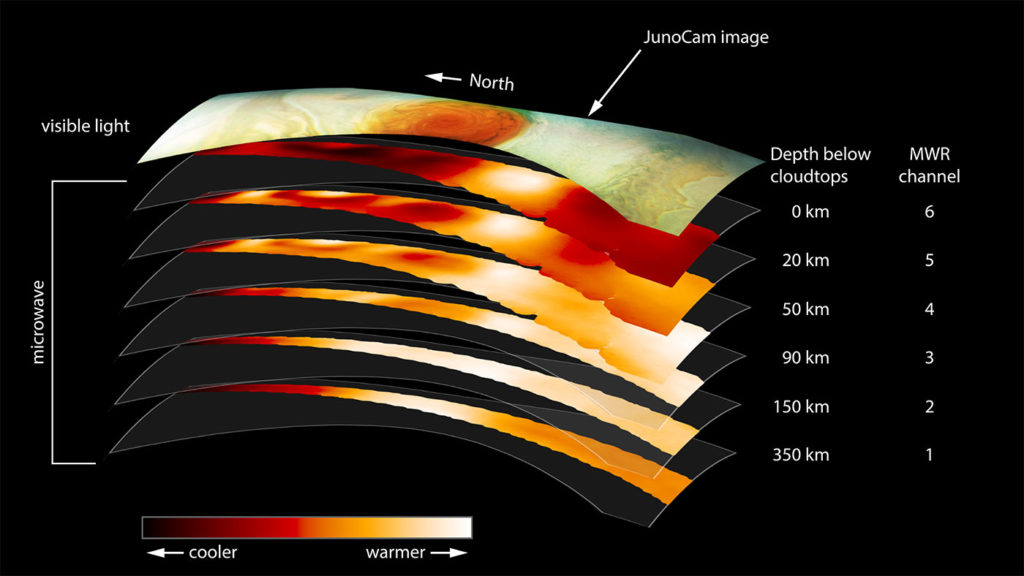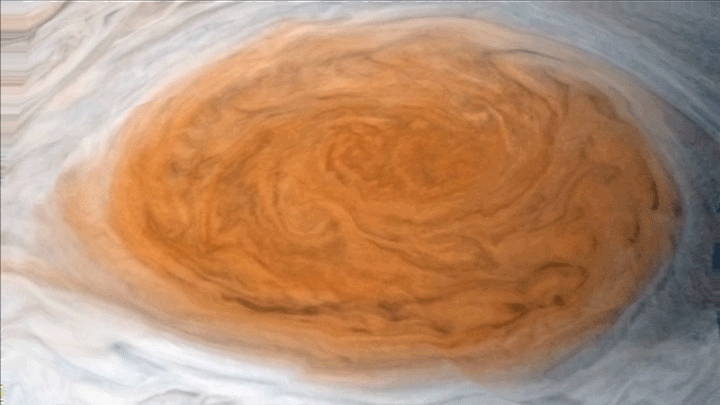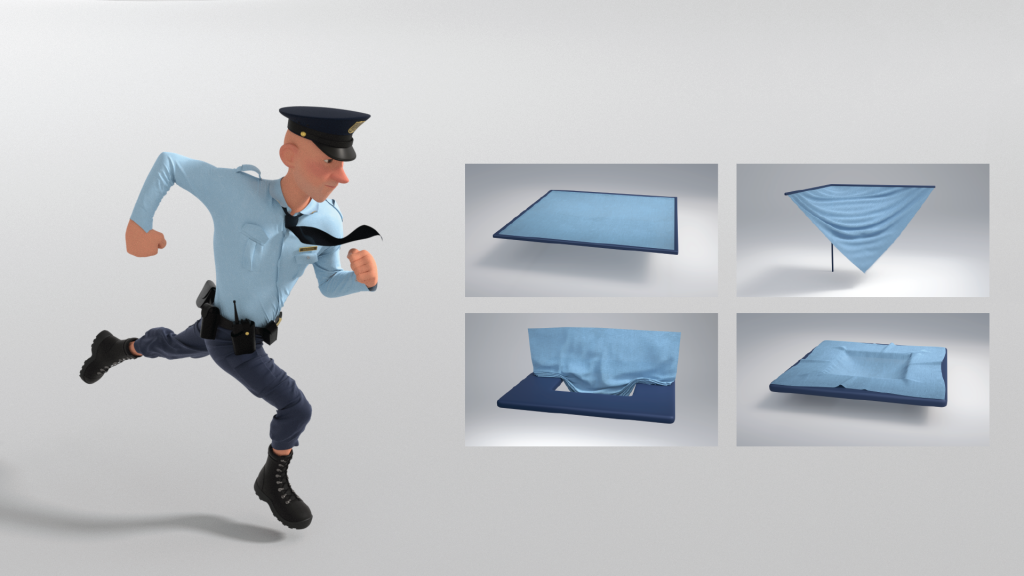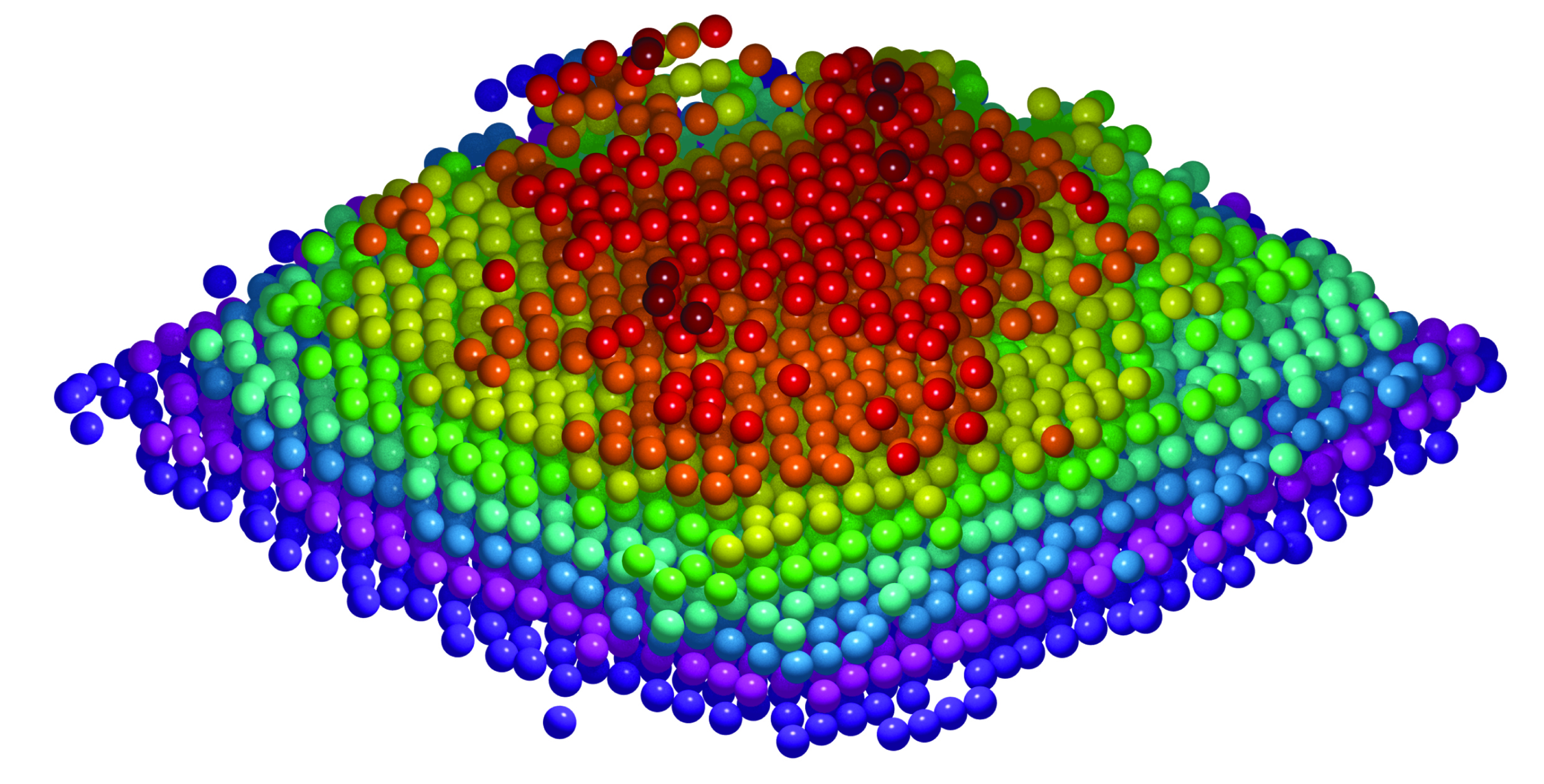It’s been a while since the last post, but this was worth it.
Sometimes, our infinite quest to discover…well, everything…brings us material that is both fascinating and interesting for everyone.
This usually means images instead of numbers, but this time we’re talking about 3D CG awesomeness!
Our casting for the day features Jupiter and Juno, the dynamic duo that certainly doesn’t fear the spotlight.
Their performance? A deep dive into Jupiter’s Great Red Spot, to discover what lies underneath the cloud tops.
“The solar system’s most famous storm is almost one-and-a-half Earths wide, and has roots that penetrate about 200 miles (300 kilometers) into the planet’s atmosphere. Juno found that the Great Red Spot’s roots go 50 to 100 times deeper than Earth’s oceans and are warmer at the base than they are at the top”
Data was gathered by Juno’s Microwave Radiometer (MWR), which is able to “look” through Jupiter’s clouds by analyzing different lengths of microwaves.

However, we still don’t know what the future of the Great Red Spot will be. While it may have existed for more than 350 years, it has been shrinking quite rapidly.
And as always, thanks NASA!
Source: NASA



